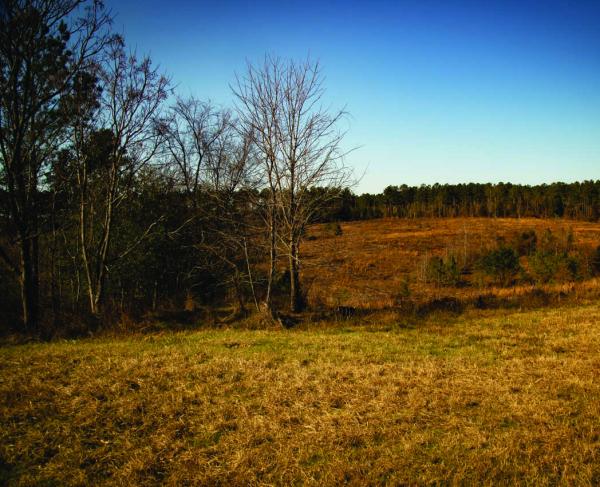
Battlefield archaeology is important for any conflict, but even more so for the Revolutionary War. Unlike the Civil War, Revolutionary War documents such as reports, records, and letters, are very scarce. Because of this our understanding of Revolutionary War battles is often imprecise.
"Military science," the rigorous, almost bureaucratic approach to warfare that characterized the Civil War, was in its most nascent stages at the time of the Revolutionary War. Officers were not systematically expected to submit after-action reports or to meticulously map the terrain on which they fought. Even the most dedicated Revolutionary War historians are confronted with deep fields of gray when it comes time to reconstruct military maneuvers. Except for exceptional cases, there is simply no written evidence of exactly where men marched, fought, and died. In the Civil War, we can locate individual regiments on the field; in the Revolutionary War, we struggle to identify which units were even present.
Battlefield archaeology is essential to improving our understanding of the Revolutionary War. Where historians see only inexact written references to embattled landscapes, archaeologists see treasure troves of new historical information waiting to be discovered. Battlefields are covered in martial debris—buttons, cartridges, bayonets, shrapnel, and more. Even though they are buried underground, they have a story to tell—one that has never been told before.
To make their discoveries, archaeologists primarily use sophisticated metal detectors, and sometimes ground penetrating radar, to identify any potential item's location. After locating an item, the team carefully digs out the item, being careful not to damage or disturb the potential artifact. Each item is dutifully catalogued and identified. Location is critical, so when an item is uncovered it is placed in a protective bag, assigned a unique catalogue number, and a small flag is placed where it was located. This process ensures that the artifact's location can be later verified. A found item’s location is more important than the item itself.

After the dig, the artifacts are inputted into Geographic Information Software (GIS), and a map of the survey site is created. This software, combined with a laser measuring and GPS system, ensures that an artifact's exact location is identified.
Location is the critical element of battlefield archaeology that enables us to expand our understanding of a battle. When the dig is complete and the map is compiled, the distribution of artifacts can show fields of fire, areas of engagement, and unit positions. Grouping of spent and deformed musket balls show where units came under heavy fire. Similarly, concentrations of dropped cartridges can show where the lines were located. Identifying canister, grapeshot, and solid shot, all help show what the artillery was targeting.
The items themselves, tied to their location, are also important to constructing the narrative of a Revolutionary War battle. Buttons, buckles, and other pieces of equipment can help identify which unit traversed a location. This is particularly helpful with well-equipped and distinctively marked British troops. Because of the wide variation in Revolutionary War weaponry, both small arms and artillery, the size and type of ammunition becomes a sort of unit fingerprint that can help identify movements and positions on the field.
Historic discoveries sometimes require futuristic technologies. Battlefield archaeology can help uncover the untold stories of the Revolutionary War, and provide us a more complete understanding of the battles that forged our nation.


